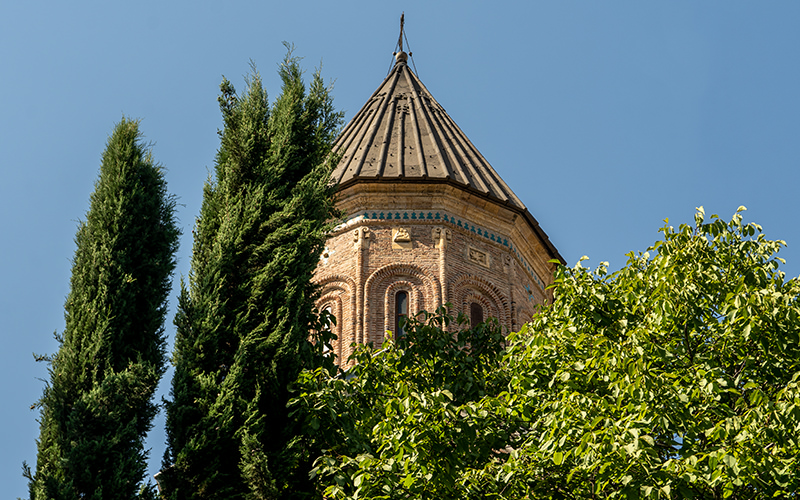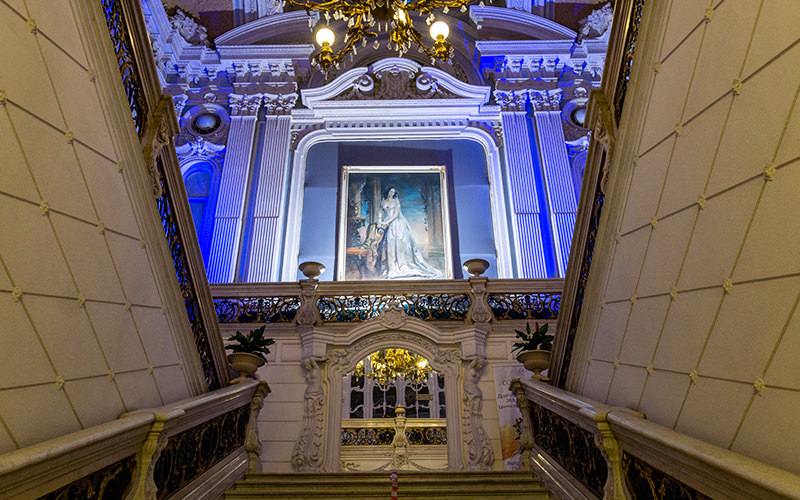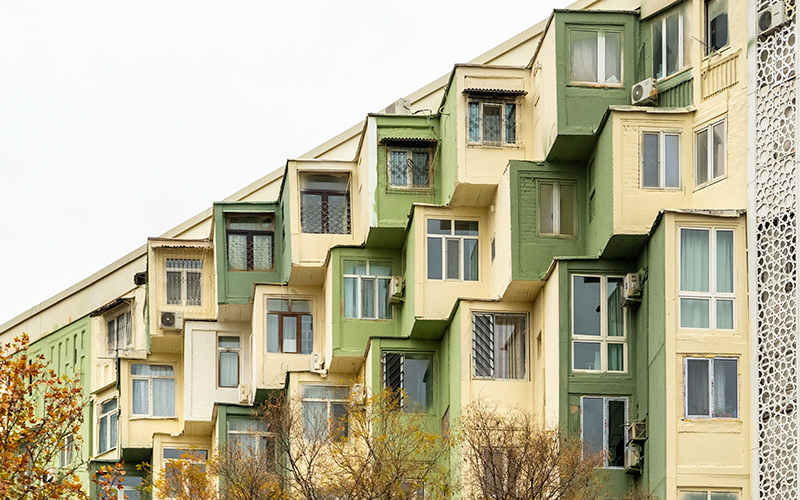In early May of this year, I visited the ancient city of Bukhara once again. My trip was planned so that I flew into the city by plane and was scheduled to leave by train toward Samarkand. While preparing for the journey, I came across a very interesting place — the Emir’s Palace. This complex is located in the city of Kagan, where the Bukhara railway station is also situated. So I couldn’t miss the chance to stop by and take a look at this unusual building before departure. Unfortunately, I found out that the former residence is currently under restoration, but I’d still like to share some photos of the building’s façade with you.
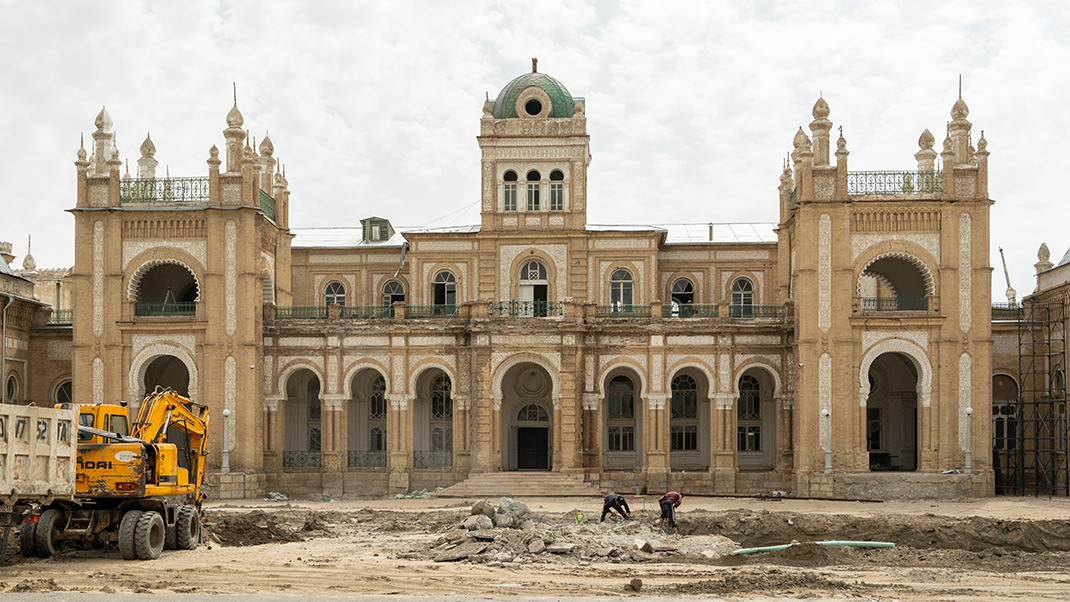
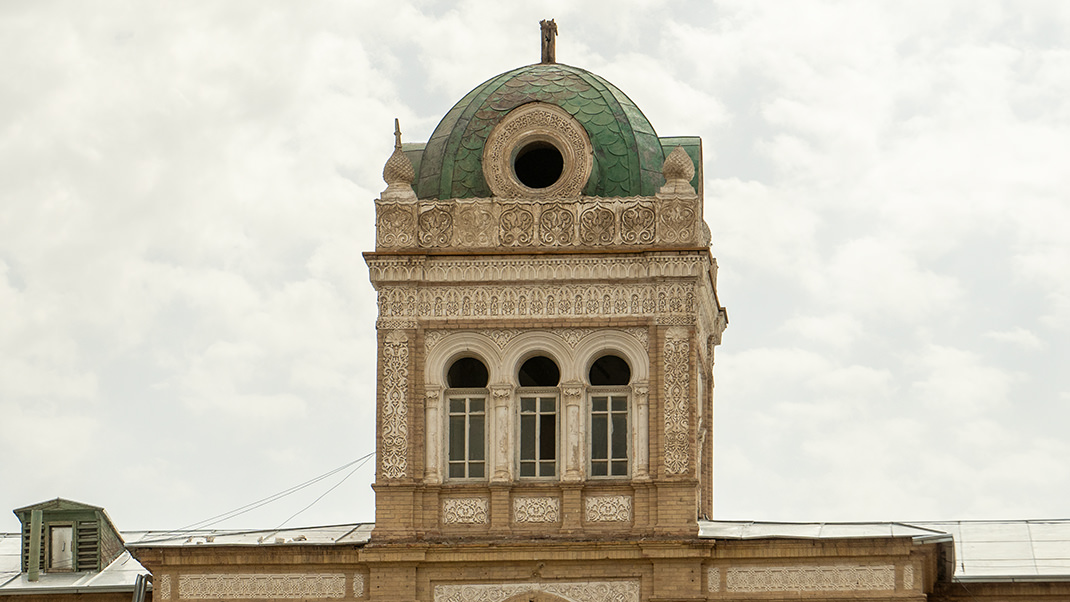
History of the Palace
The city of Kagan, formerly known as New Bukhara, was founded in 1888 as a small settlement next to the Bukhara station of the Trans-Caspian Railway. I’ve come across two versions of why the palace was built so close to the station. First, this location was convenient for the ruler of the Bukhara Emirate, Emir Abdulahad Khan — the new railway line was mainly intended for him. Second, at that time, the Bukhara Emirate was under the protectorate of the Russian Empire, and it was expected that Emperor Nicholas II would visit the palace. However, the local clergy opposed the idea of a non-Muslim staying in Bukhara itself, where the complex was originally supposed to be built.
According to local historians, the Russian emperor never did visit the palace, though some members of the imperial family managed to come here.
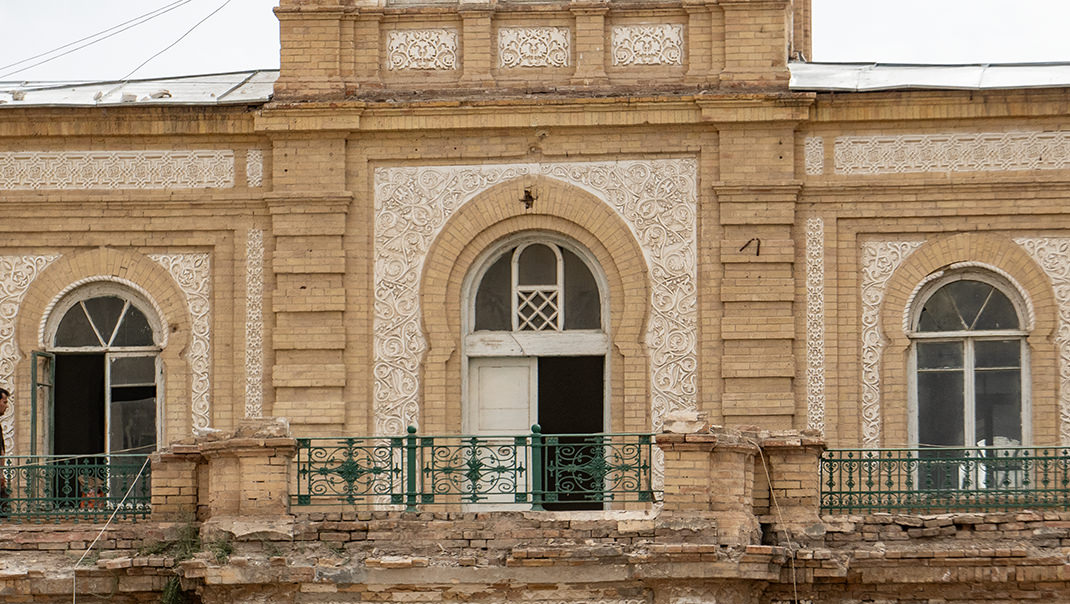
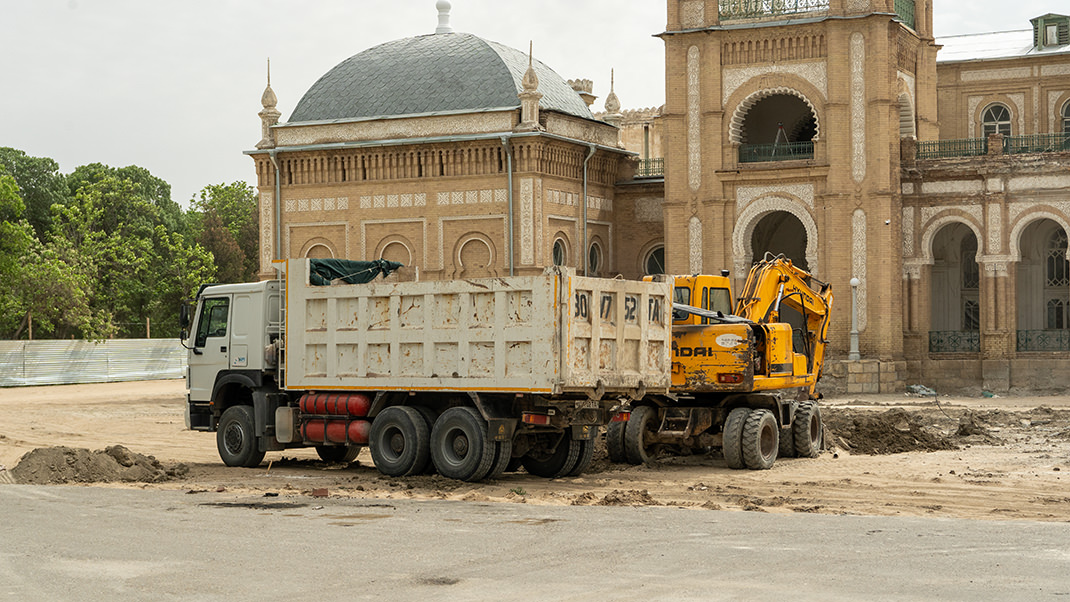
The palace complex was constructed in the 1890s, and the project was designed by Alexey Leontyevich Benois. Although he belonged to the renowned Benois family of architects and painters, some sources describe him as the least known member of the dynasty. This is largely because most of his projects were carried out in the distant Turkestan region, far from Russia’s major cities. I’ve mentioned A. L. Benois’s work in my articles about the Romanov Palace and the Evangelical Lutheran Church in Tashkent.
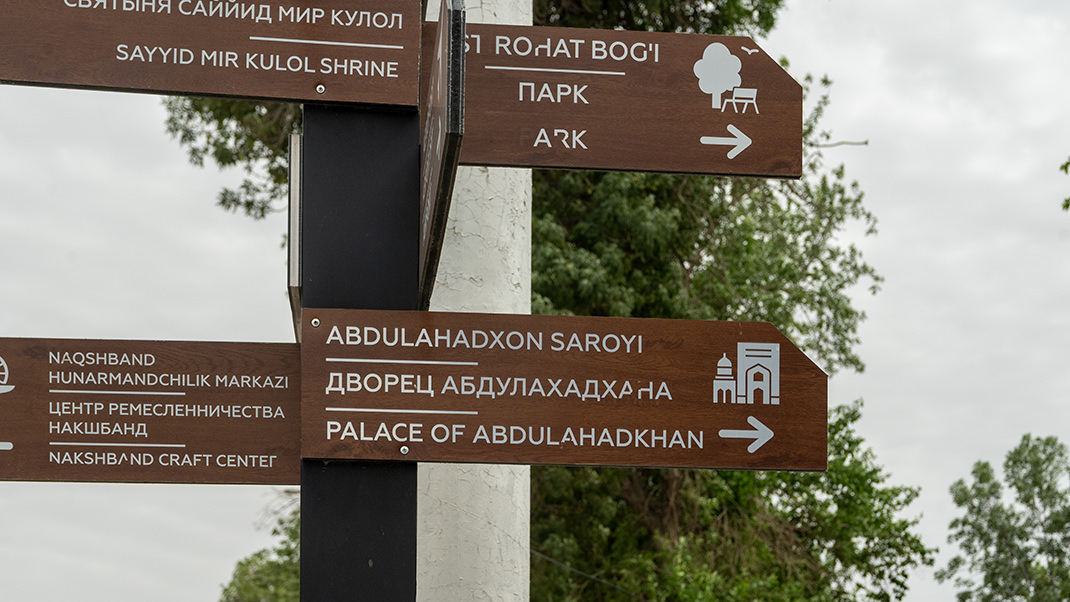
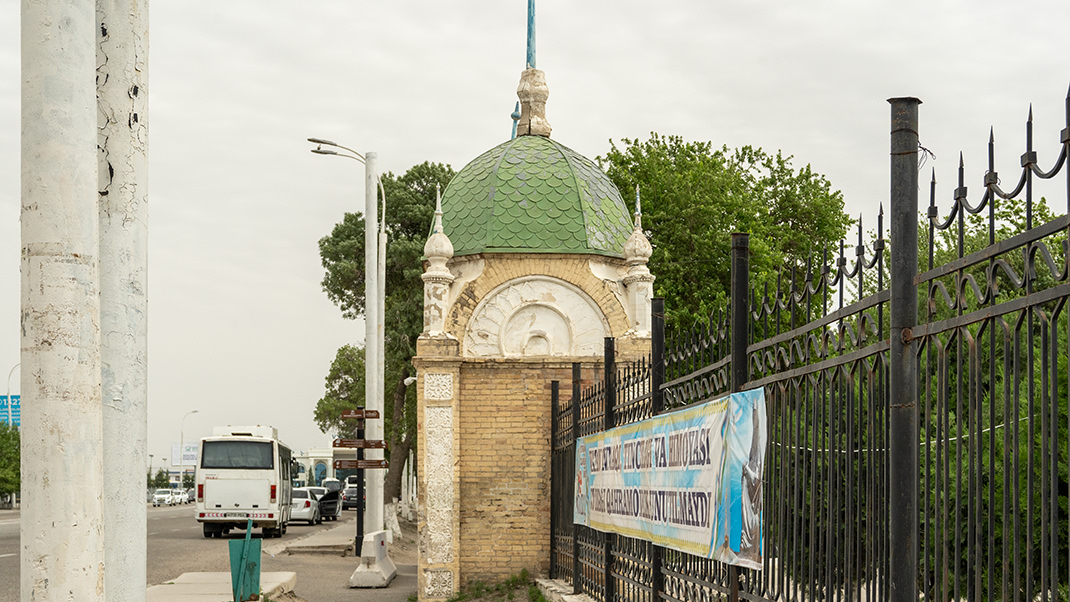
Online maps currently show that the former palace now houses the Railway Scientific and Technical Library. Based on reviews found online, guests were until recently able to freely enter the palace and see the interiors of the residence. Now, however, access is closed, and restoration work is underway both on the grounds and inside the building. According to media reports, the site is expected to become a Museum of Diplomacy in the future. If we trust the banners on the fence, the restoration will be completed next year. That will be a great reason for me to return and see the restored interiors of this historic building.
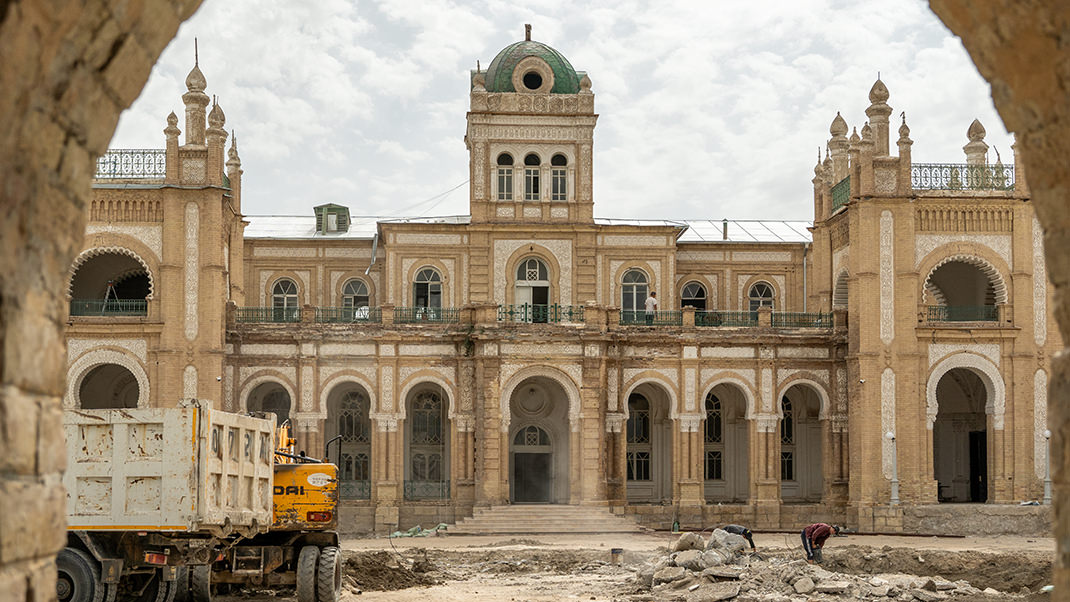
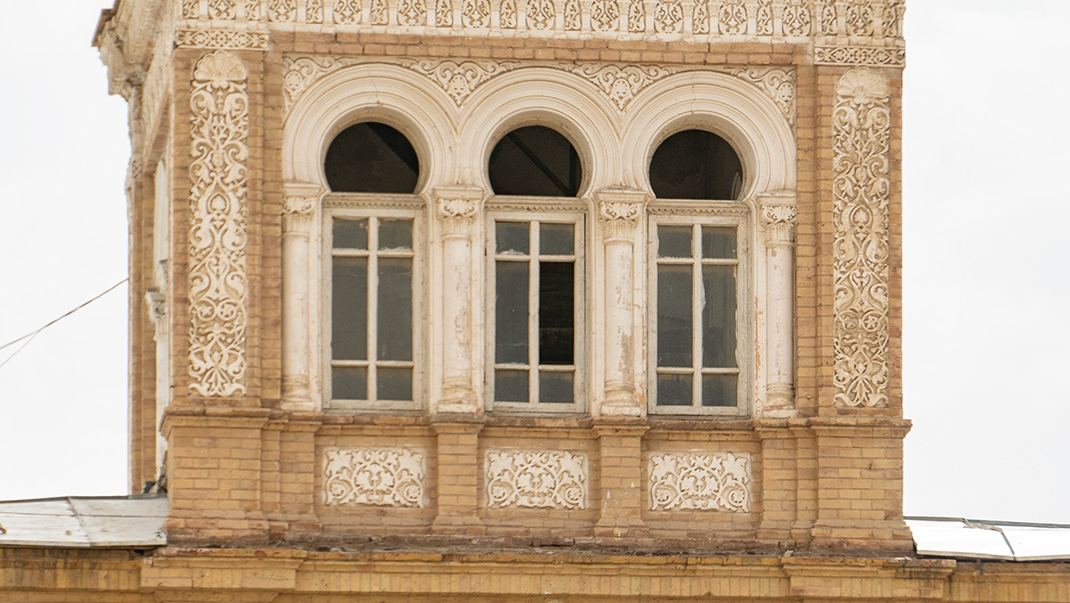
How to Get There
I got there by taxi using the Yandex Go app, which operates in the city. The ride from Bukhara’s Chor Minor Madrasah to the palace cost 24,000 soums in the “comfort” fare category.
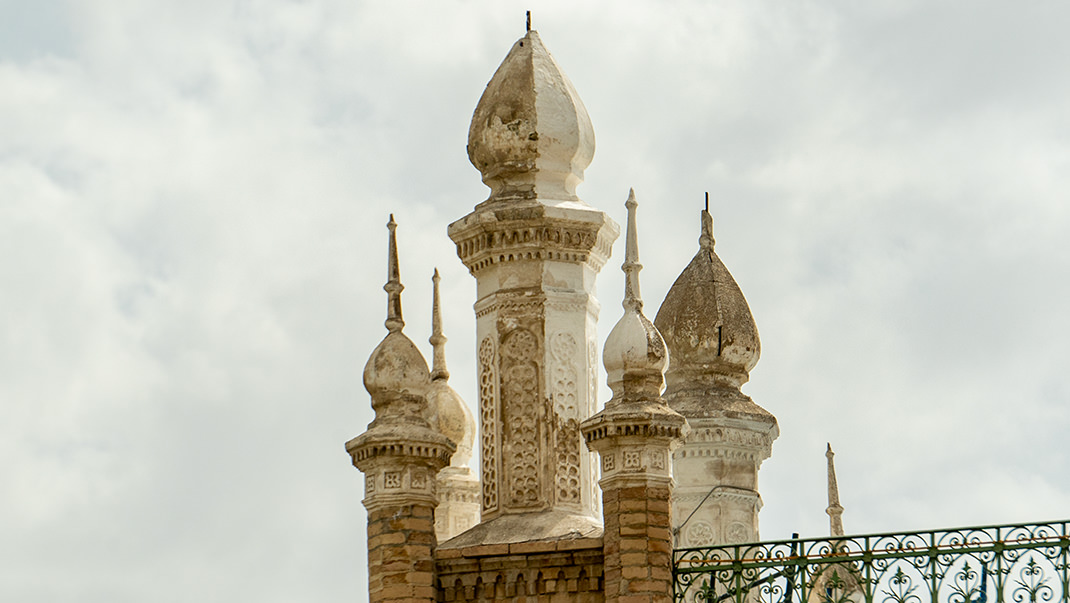
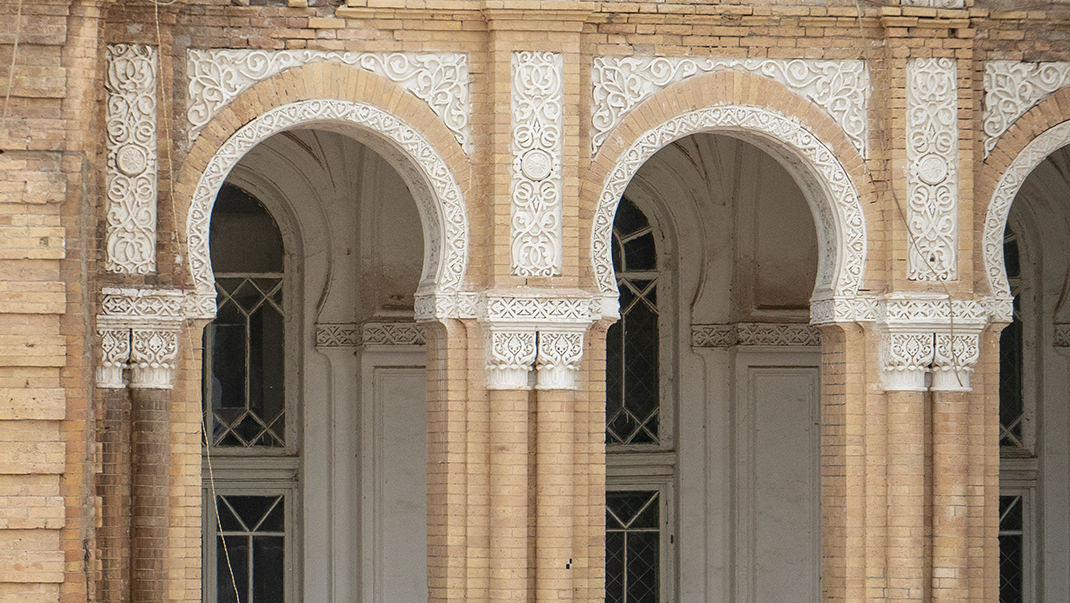
Finally, here’s a link to my article about the Emir of Bukhara’s residence in St. Petersburg, which was built for the last ruler of the emirate.
Have a nice trip!


